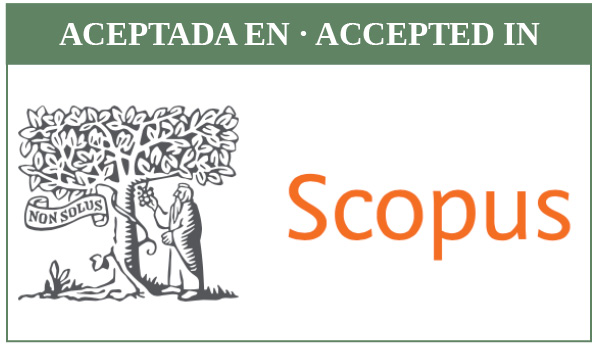La mujer madura en la literatura árabe: mitos y realidad
Palabras clave:
Mujer, Literatura árabeResumen
Este estudio ofrece una visión del papel que desempeña la mujer madura en la cultura árabe a través, sobre todo, de las distintas manifestaciones, en prosa y en verso, de la literatura árabe, tanto en su período clásico, como en el contemporáneo. Se rastrea su presencia fundamentalmente en las obras no específicas, pues en ellas se refleja de forma espontánea su valoración social, hábitos, condicionamentos familiares, tales como: valoración de la longevidad; aspecto físico y atractivo sexual; las canas; la menstruación; la mujer madura en el seno de la familia; la madre; Solteros y solteronas; el papel de la suegra y de la abuela; oficios tradicionales; libertad de movimientos y reconocimiento social. La Sunna; los principales poetas de la literatura árabe clásica; Las mil y una noches, obra clave de recopilación popular, los tratados eróticos, la Trilogía de Naguib Mahfuz, son algunas de las principales fuentes en que documentamos nuestro estudio.Descargas
Descargas
Cómo citar
Número
Sección
Licencia
Los autores que publican en esta revista están de acuerdo con los siguientes términos:
1. Los autores conservan los derechos de autor y garantizan a la revista el derecho de ser la primera publicación del trabajo al igual que licenciado bajo una Creative Commons Attribution License que permite a otros compartir el trabajo con un reconocimiento de la autoría del trabajo y la publicación inicial en esta revista.
2. Los autores pueden establecer por separado acuerdos adicionales para la distribución no exclusiva de la versión de la obra publicada en la revista (por ejemplo, situarlo en un repositorio institucional o publicarlo en un libro), con un reconocimiento de su publicación inicial en esta revista.
3. Se permite y se anima a los autores a difundir electrónicamente (por ejemplo, en repositorios institucionales o en su propio sitio web) la versión publicada de sus trabajos (versión post-print del editor) o, en su defecto, el de la versión post-print del autor ya evaluada y aceptada. Esto puede dar lugar a intercambios productivos, así como a una citación más temprana y mayor de los trabajos publicados (Véase The Effect of Open Access).
4. La revista no se hace responsable de las opiniones vertidas por los autores.














